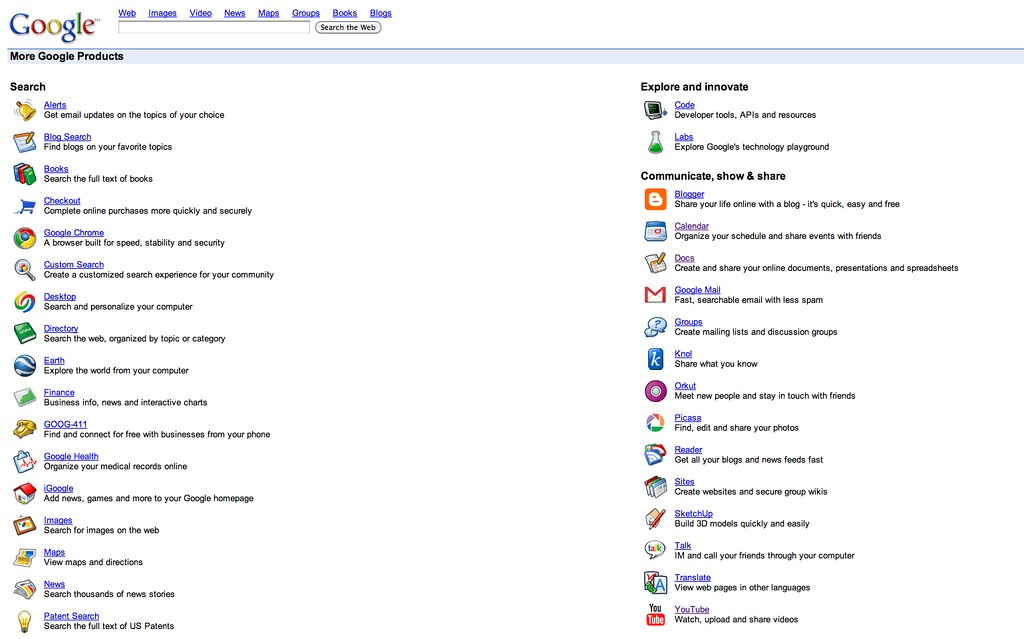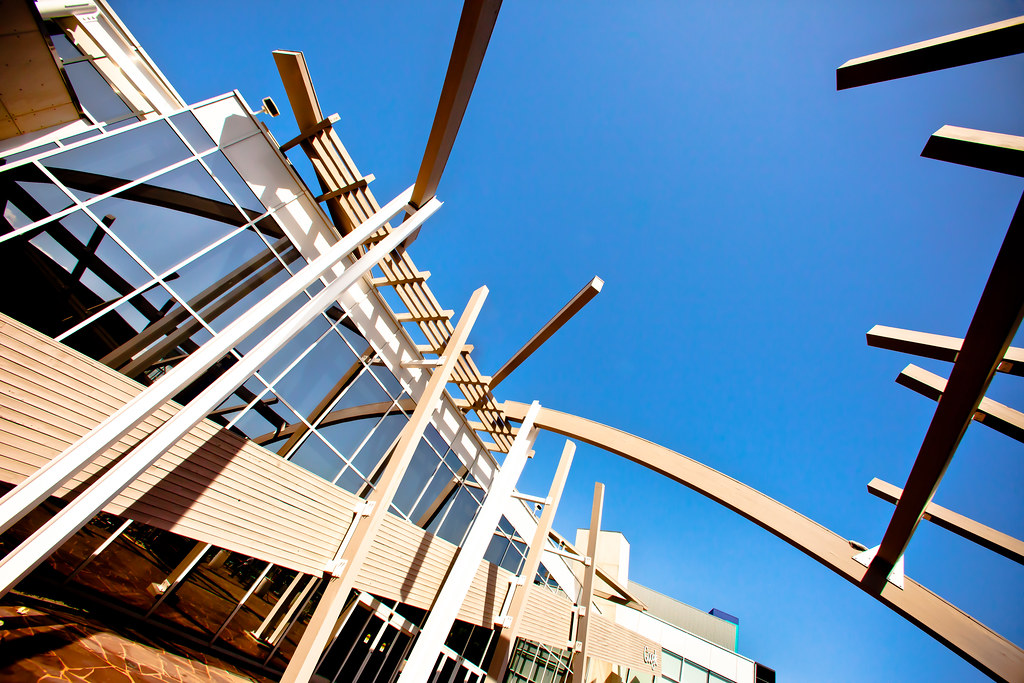Last week I bought a new Samsung Galaxy S Android phone and changed my phone service from my iPhone 3Gs on AT&T to T Mobile. I had some initial frustrations around getting the Galaxy to work the way I wanted it to and wanted to do an update after using the phone for a week. This isn’t meant to be a review, just random thoughts from your average user.
1. T Mobile’s service is *much* better than AT&T’s in the Bay Area. My main reason for switching was because I was so tired of AT&T’s lousy service. It’s refreshing to pretty much be able to connect to a high speed internet connection 100% of the time. Web pages load faster, it’s more reliable. I couldn’t believe it when it even started working in the BART tunnel between West Oakland and MacArthur, someplace my iPhone has never worked once and where wireless service technically is not even supposed to be available. Goodbye crappy AT&T.
Also in general, this phone is *much* faster than the iPhone. It’s amazing how fast it can scroll through an internet page. The browser is lightspeed ahead of the Safari browser on my iPhone. I love this.
2. The phone has things that still don’t work. I can’t figure out how to view my favorite contacts. I can’t add contacts to groups. It seems like some of these are known issues. I’m surprised that finished software would still have these sorts of major bugs in it.
3. Connecting the phone to my MacBook Pro is a *nightmare* and not at all intuitive. Here are the steps I have to take. 1. Go to the main settings menu. 2. Go to the applications submenu. 3. Go to the Development submenu. 4. Select USB debugging. 5. Select my notifications bar at the top of my phone. 6. Pull this bar down. 7. Click on the Ongoing “USB Connected.” 8. Click on Mount. I then get two drives that show up on my Mac. Both are called “No Name.” One just has two folders: movies and music. The other has a bunch more of the phone files. This process is not at all intuitive.
You can blame Samsung for this bad connectivity if you are an Apple fan boy. If you are an anti-Apple fan boy feel free to instead blame Apple. Either way it’s a chore.
4. I like the display on the Galaxy better than the display on my iPhone, unless I’m outside in the sun. The Galaxy has a beautiful vibrant display and I love the way it looks. It’s big and bold and bright. But trying to look at the display outside in the sun is almost impossible. My iPhone looked a lot better in the sunlight. Not sure why this is.
5. I miss the autocorrect feature on the iPhone. I’m pretty clumsy when it comes to typing on a phone. I make a lot of errors. Apple seemed to do a pretty good job at getting what I was going for when I’d type San Franncisvo instead of San Francisco and auto correcting things. I think I have auto correction turned on with my Galaxy, but if I do it doesn’t do a very good job. I make a lot of errors and it doesn’t seem to catch them at all. On the plus side though, the new “swype” technology is really cool and I suspect I’ll get used to that and like it even more over time. With swyping you simply move from one letter to the next without lifting your finger until you have the entire word. Then the Galaxy guesses what the word is and I’ve found that it’s really good at guessing correctly. You select the word from possible choices and it inserts it.
I still can’t help thinking about that little fox Swyper though on those Dora the Explorer shows that my kids used to watch when they were little when I hear swyping though. Swyper, no swyping.
6. Google Maps on this phone rock! So much better than the iPhone. I can literally pull up all of the Google Maps that I’ve created online and get them on this phone. The key here is using “layers” (again not the most intuitive way to figure this out). When you are in maps you click on the settings bar and then select “layers.” You then click on “more layers.” And then you click on “my maps.” Then the phone gives you all of your Google Maps that you have created and you can just select the city or map or whatever that you want and it imports it right in. Then you can select any of your pins and the maps app can give you direct driving, public transportation, biking, or walking directions to that location.
I could never get my Google Maps into the mapping program on my iPhone and this is a key reason why I want a smart phone. To be able to use my Google Maps when I’m out shooting and exploring new cities.
7. I miss Hipstamatic. I loved that app on my iPhone. I loved all the funky preprogramed vintage film feels that they’d create. I loved how I could shake the phone to randomize it. The best app I’ve been able to find for the Android platform so far to kinda/sorta approximate Hipstamatic is Vignette. The photo above of my son William and my brother’s puppy was processed with that app. With Vignette you sort of do the post processing manually after you’ve shot the image instead of using pre-built combinations. I hope Hipstamatic releases an Android version of their software soon.
8. Music is a bit more work with the Galaxy S than the iPhone/iTunes combination, but not that much more difficult. There is a free program called doubletwist which feels pretty much like an exact iTunes clone. You can import the music that you want from your iTunes library into doubletwist and then sync that music to your phone with that program.
I think I like the headphones that came with my iPhone a little better than the ones that came with my Galaxy, but I can actually use either in the device. Of course you can buy whatever headphones you want for whatever phone that you want so this is of little consideration.
9. You can’t take a screen shot with the Galaxy, at least the basic user can’t out of the box. This is surprising to me. I’d think that this would be sort of Smartphone 101 basics. Maybe in the next version of Android (Froyo, which is coming to the Galaxy S in September) this will be available natively. You can do something called “rooting” your phone, which as I understand it is like jailbreaking an iPhone, and then use developer tools to take screenshots, but this is not something that I want to do and not something that would appear easy for an every day casual user to do.
10. The Picasa integration with this phone is fantastic. It is seamless. You can access your Picasa photos on Google very easily as galleries and it feels more like they are actually on the phone than you are connecting to the web to see them. Google has done a really super job with this integration. I love how you can pull directly from your Picasa galleries to pull artwork to use for your screen background. The Picasa/Android integration is so much more elegant and beautiful than anything I’ve seen come from Flickr yet. The Flickr mobile experience is awful in my opinion. This Picasa integration on my Galaxy makes me want to use Picasa a lot more.
11. Tethering this phone is awesome. I can hook the phone up via USB to my MacBook Pro and use it’s connection to browse the internet on my laptop. Unlimited and for free. It’s not as fast as wifi or my uVerse network at home, but it definitely will suffice in a pinch. I probably won’t use this feature alot, but it will be very nice to have when I need it. Right now I’m using a 21 day trial for an app called PDAnet which makes this super easy to do. The app costs $19 to buy after the trial, but from what I understand, much easier native teethering ability will be coming out with the next version of Android, Froyo (which again, I’ll get from TMobile next month).
12. The battery life on the iPhone was better. But since I can keep the phone connected and charging via USB to my computer this helps keep a charge up. I can also use the same cable with the cigarette lighter charger that I was using for my iPhone. I think I’ll be able to manage the battery life. I like that the Galaxy gives me an analysis of what is using my battery life. AT present it breaks down as follows for me. 78% display, 10% Android system, 7% Android OS, 5% cell standby, 2% dialer.
13. I am now paying $60 a month for phone service (without a contract) that includes 500 talk minutes per month and unlimited texting and internet.
By contrast, my wife (who is still on an iPhone) is paying $75 a month for a comparable plan except that she only gets 450 minutes and is limited to 200 texts per month. So I am getting just a little bit more from T-Mobile for $15 per month less on a much superior network.
Better service, lower cost. Isn’t competition a wonderful thing?
14. Almost all of the above workarounds, etc. that I figured out for this phone came from Google Buzz, one of the best social networks around. You can follow me on Google Buzz here.
Thanks to everyone there who has given me advice on how to use my new Galaxy over the past week. Google Buzz has a tech savvy community that is very enthusiastic about the Android platform, smart phones and technology in general. Even more impressive, many of the people who gave me advice and help over this last week are Google employees. Certainly I’m an active higher profile Buzz user, but I’ve been super impressed at the personal interest that Google employees take in passionately resolving technology issues around Google products.
The “community” around the Android platform is by no means limited to Google staff, many other developers, and just geeks in general have been just as helpful, but I don’t think I’ve ever seen a company whose employees are so willing to engage their customers.
Earlier this week a Google employee, Adewale Oshineye, posted an interesting quote on buzz that struck a chord with me which I’ve reposted below. The Google culture seems to empower their employees to act as tech support, evangelists, etc. however and whenever they wish. This is refreshing to see. There is an enthusiasm for Google Products that I’ve seen from the employees that I’ve followed on Buzz.
Customer service is so easy and still so hard. All it takes is genuine interest in the customer and in your own company. And some simple protocol, like saying hello in order to get the communications channel open with the customer and asking in the end, if he has been satisfied.
But half of customer service people ‘just work here’. They are not genuinely interested neither in the individual customer or in their own company success. Something wrong with incentives? You are not paid for serving well?
Update #1: Thanks to Sumyunguy who in the comments below was able to point me to a convoluted but possible way to take screenshots of my Galaxy without rooting it. I followed these instructions from the link he provided and found I was indeed able to take a screenshot (now you can see how colorful my Galaxy desktop is). This is nice to know. A lot of work just to get a screenshot but nice to know that it can be done. 🙂
Update #2: Thanks to Brian Hall and Brian Criscoulo over at Mark/Space. I was able to use their software The Missing Sync for Android to sync all my contacts from my Mac Address book over to my Galaxy contact list — and over wifi, which was super slick. I can now add these contacts to groups which solves my problem up there at point #2.
It looks like this software will also help me manage a lot more of the synchronization between my MBP and my new phone as well including my music, files, videos, photos and lots of other computer based media. But I’m going to figure that part out later. Pretty awesome stuff. 🙂







